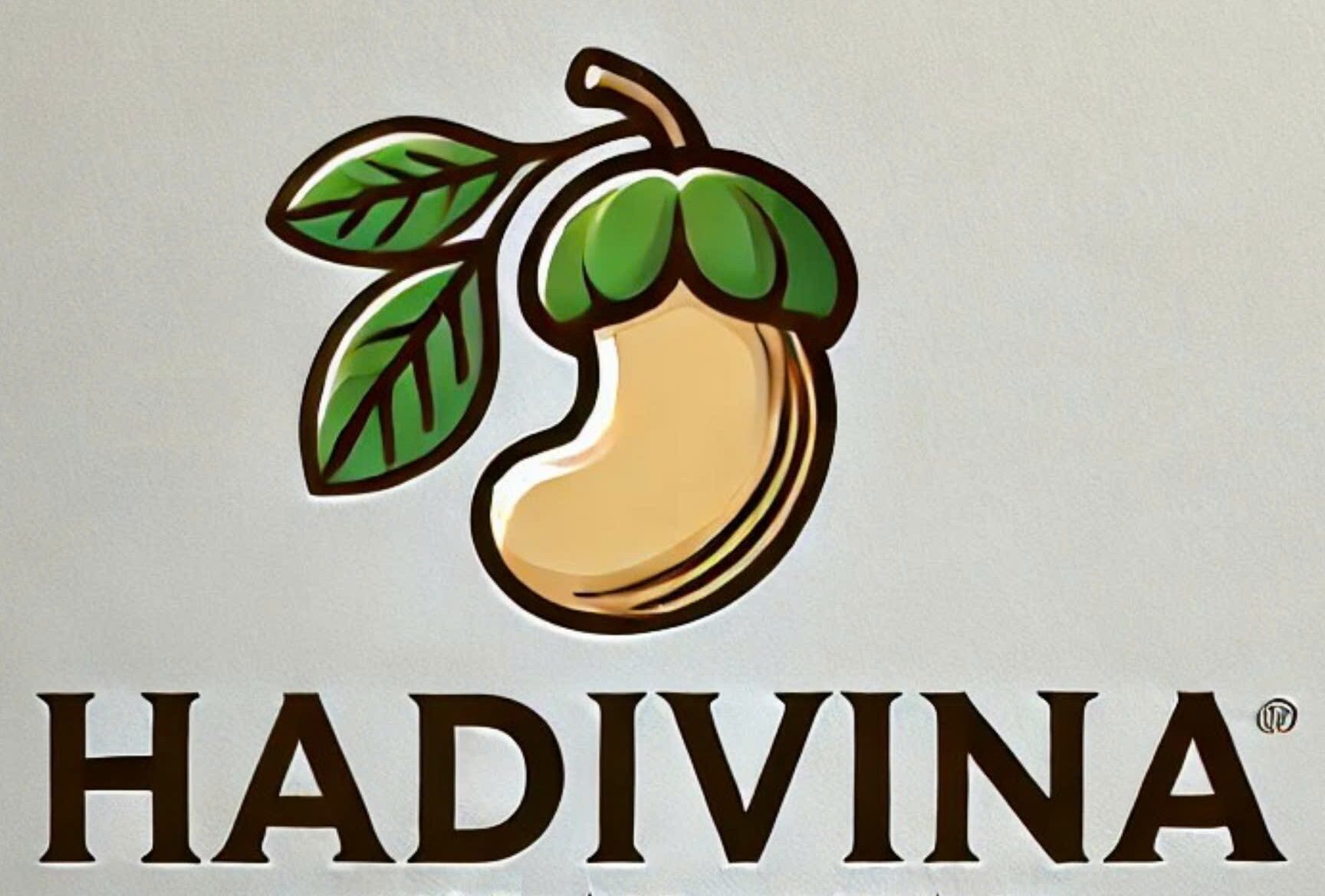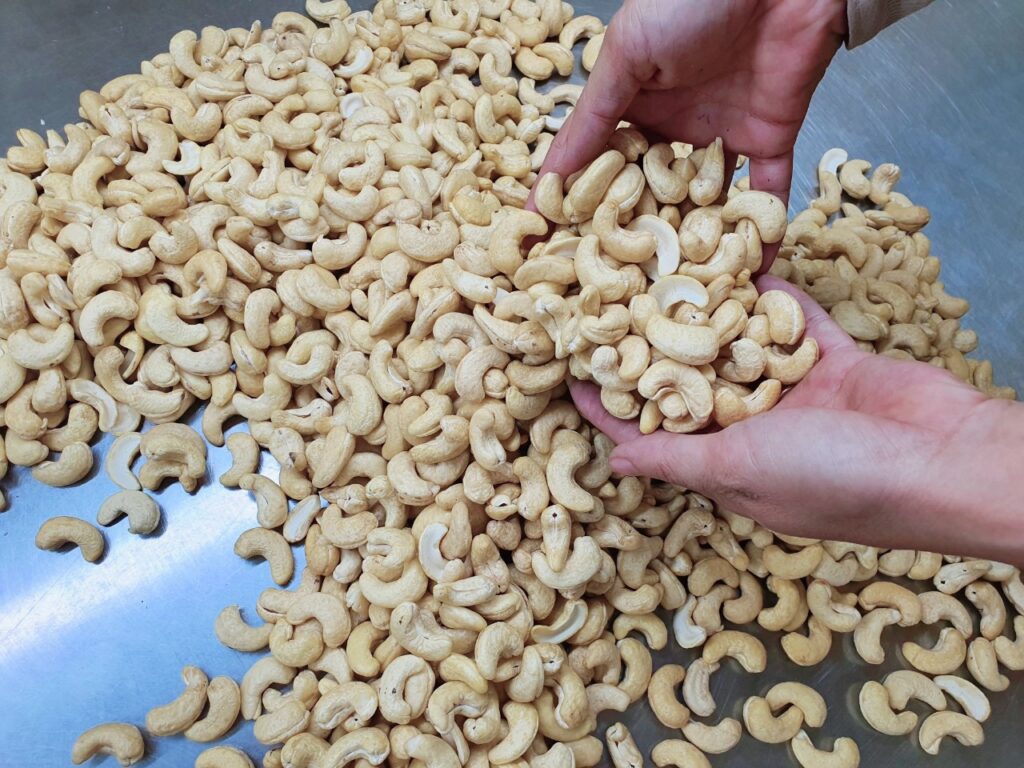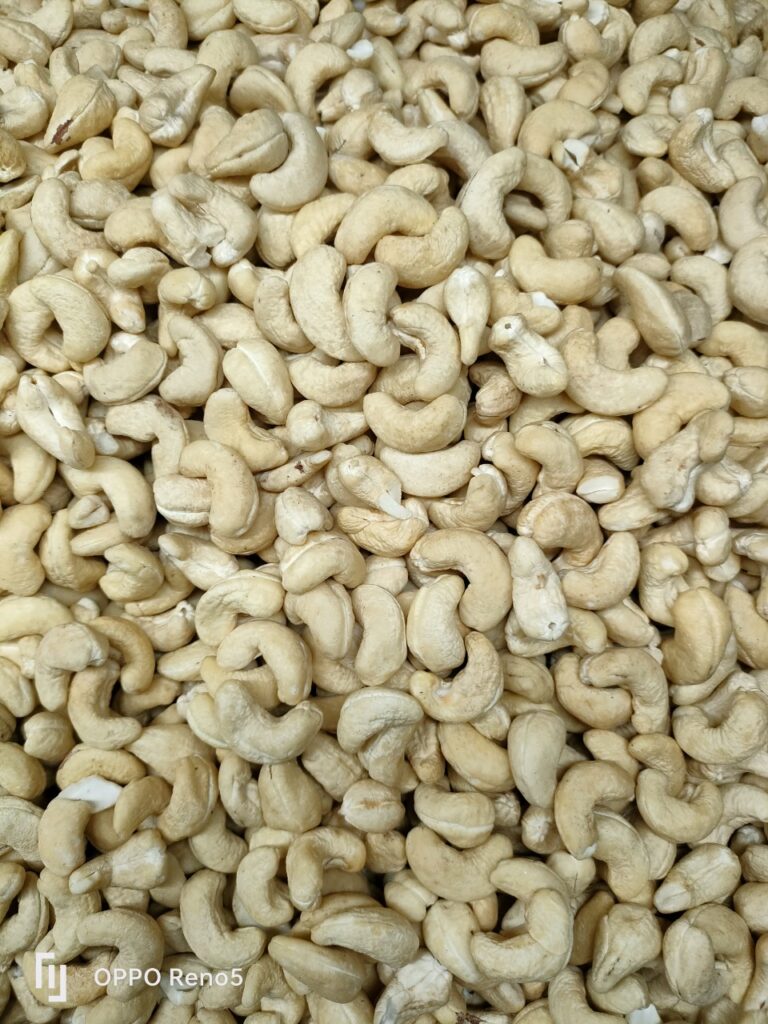Original Author: Jeremy Holt – Director Amberwood Trading Ltd
Original Post Source: https://www.linkedin.com/pulse/some-random-thoughts-cashew-trading-from-factorys-perspective-holt/
Disclaimer
- This article is a collection of my personal opinions – I am not saying that there is a right or wrong way to trade.
- I was motivated to write this as something that hopefully will provide some guidance to the new cashew factories coming on line in Côte d’Ivoire and introduce them to some of the terms they are likely to hear.
- I was fortunate to start my trading career at Sucden (UK) Ltd in London in the early 1980s. At that time and in that place, there was nowhere better in the world to be trained. Some of the greatest commodity traders ever worked there, and as a very junior trader – even though I barely understood what was going on – I was able to absorb much from the crazy guys sitting around me trading sugar, cocoa, coffee, metals, nuts etc. Big shout out to my mentor, boss and friend – Peter Mallinson – who I blame entirely for my career in nuts!
- If I had actually followed all the advice presented below, I would probably be retired by now!
Definitions
- “Trade” – the closing of a contract where both parties agree to the terms and the price. The “trade” establishes the “market price” for that moment.
- If the last traded price is 500, and the seller is now asking 1000, or the buyer is now saying he will pay 100 – neither 1000 nor 100 are the “market price”. The price remains 500. Wishful thinking does not make a market.
- “Liquidity” – the ease with which a trade can be concluded, in other words how easy is to find a buyer and seller that can agree on the terms and the price.
- A “hard” commodity is one that is traded on a futures market, such as cocoa, coffee, rubber, soybeans, stocks, currencies etc. Futures (terminal) markets are in large part defined by high liquidity – this is not always the case, but “hard” commodities will usually have a buyer and seller. In addition, the quality of the product and the terms and conditions of the trade are clearly defined by the rules of the exchange. Many trading tools exist in these markets to fit the risk profile of the trader. Most importantly the price is transparent – you can open any newspaper and see the last traded price for cocoa.
- A “soft” commodity such as cashews is one that is traded through a network of traders, but without the luxury of a formalized market, meaning no guaranteed liquidity, no formal tools (more below), no price transparency, and no standardized quality or contract terms.
- The potential lack of liquidity is, however, what really defines the cashew market. I am fully aware that there is no guaranteed liquidity for hard commodities (see Long Term Capital Management), but it is not uncommon in today’s cashew market to be a seller without a single buyer in the market (or vice versa).
- Bull (bullish) – someone who believes the price will rise
- Bear (bearish) – someone who believes the price will fall
- “Long position” – someone who has bought more than they have sold
- “Short position” – someone who has sold more than they have bought
- “Hedge” – when you buy one grade and sell something different but closely related, where your interest is in the differential in price between the grades. For example, if you consider the normal differential between W320 and W240 to be US$ 0.10/lb, and the current price is US$ 3.00/lb for W320 and US$ 3.60/lb FOB for W240, you may consider making a forward sale of the W240 against a purchase of the W320. Your thinking would be that you feel that the differential of US$ 0.60 is too big and should get closer to the US$ 0.10/lb you think is the true difference between the grades.
- If the market goes up for example – you could have a situation where W320 are now at US$ 3.30/lb while W240 are now at US$ 3.65/lb FOB. The differential between the grades has narrowed and is now only US$ 0.35/lb. When you buy in the W240 at 3.65 you will take a loss of US$ 0.05/lb (i.e. the difference between the 3.60 you originally sold and the 3.65 you are now paying), but you would make a profit on your W320 of US$ 0.30/lb (i.e. the difference between the 3.00 you paid for the W320 and the 3.30 you are now selling). This gives you a nett profit of US$ 0.25/lb – with minimal risk.
- The same is true if the market had fallen.
- The point is that you are no longer interested in the absolute value of W320 or W240 – you are now looking only at the difference in value between the grades.
The Black Swan – Covid-19
I strongly recommend that everyone reads “Black Swan” by Nassim Taleb who explains the concept of the Black Swan and the mantras below much better than I can. The book goes into great detail about the psychology of lying to oneself and offers extremely useful insights into how to protect yourself against the completely unpredictable.
The Clichés
- These clichés or mantras – frivolous as they appear – have entered the language of traders over centuries. They may well be clichés – but they are as true today as they were two hundred years ago.
- “A market never looks so strong as when it’s at the top, and never looks so weak as when it’s at the bottom”. When markets are driven by fear, panic and emotion they tend to overshoot – either too far up or too far down. When markets get really excited, they tend to draw in people who may not have the experience of the “professional” traders. Without access to full information and the ability to analyse the data they tend to get caught up in the excitement and over react. “Professional traders” are not exempt in getting overly excited as well!
- “When in doubt – stay out” – don’t trade for the sake of trading.
- “Talking your book” – you are long and have spent so much time convincing your customers that the market is going up and that they should be buying from you now, that you end up believing your own nonsense. The converse is equally true.
- “Sell into the fall” – when a market is falling and you are long – it is often better to sell while the market still has buyers than wait for the market to go back up to the price you paid. The market may never return to the level that you bought the goods in the first place.
- “Buy into the rise” – the exact opposite of “sell into the fall”
- “You first loss is your best loss” – meaning that if you have to take a loss, better to take it sooner and minimize it, than sit around waiting for some miracle to happen so that you hopefully take no loss at all.
Trading from a factory’s point of view
The crop is only available to the cashew factories in Côte d’Ivoire for some four to five months – March/April through July/August. If the factories only buy without making forward sales, they are going long of their raw material. That is all fine and dandy, if the factory believes that the price will only rise – and they are prepared to speculate on the market.
The irony is that almost none of the factories want to speculate but seem unable to understand that not selling anything at all is, at the end of the day – out and out speculation. Further, a factory is a processing unit – it should be able to make a profit between the price it buys its raw material, plus processing costs against the price it sells at. If it wants to speculate – no problem at all – but they should understand that that is what they have consciously decided to do.
The price of the raw seed plus processing costs does not always reflect the price of the kernel market. In order to keep a factory running for twelve months of the year, they are obliged to purchase enough raw material during the time that is available to them.
Since there are few “perfect” hedging tools available to a factory, it makes sense to hedge their position – i.e. make some forward sales against the raw material they are buying – at least to either lock in a profit (hopefully) or minimise their loss.
Factories feel that making a forward sale is too dangerous because they don’t know what they are going to produce. If the factory is well organized, keeps accurate production data, and understands the effects of the changes in their raw material while in storage will have on their production, it should have a very good idea of what grades it will produce every month. The forward estimates will never be 100% accurate but should provide enough of an indication to let them make some forward sales.
ANPLAN – https://www.amberwoodtrading.com was developed to help factories and banks understand enough of the process of running a cashew factory to be able to evaluate the viability of a project.
A final thought – think pragmatically. Don’t fall into the trap of thinking that everyone is lying to you and everything will be fine in the end. Be realistic – if you are a big factory producing 10 containers or more per month – your target market is the major buyers who know the market. Just because you sold one mixed container to an “out-port” (a non-traditional destination) above the true market price, does not mean that the major buyers are going to pay you the same price.
++++++++++
We live in uncertain times at the moment. While the virus is a terrible thing for all of us, eventually it will end. Even during the worst of it, people still need to eat – maybe they’ll be focussing more on staple foodstuffs than luxury items, but cashews will continue to be consumed.
For HADIVINA services
How do you think? Do you agree or have different view?
Leave your thought below!
Take Action NOW?
Fill your inquiry below, we are at your service!




